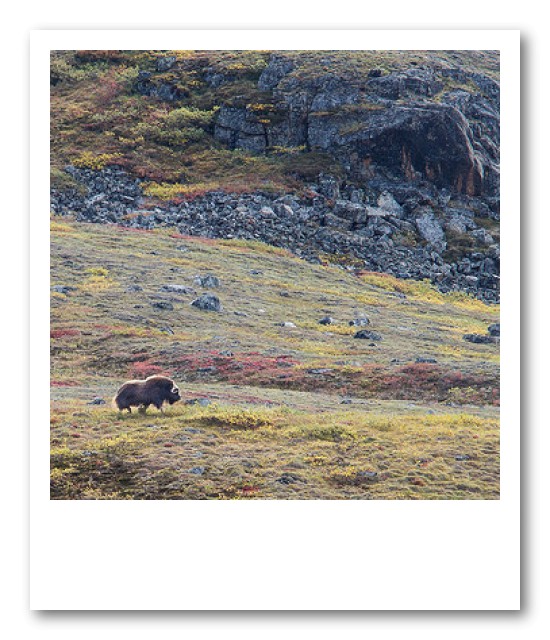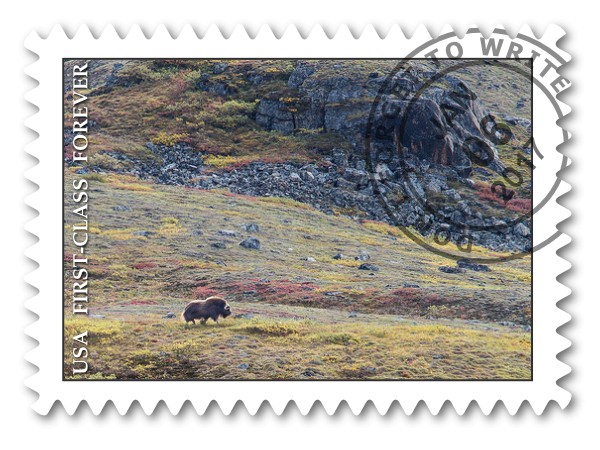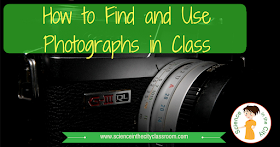Why would you want to use photos in class? And How?
You want to do an activity with your students, but you just don't have the materials to do a great hands-on lab that you imagined. Then you realize that you could do it as a demo, but it will be hard for all the students to see what you are trying to show. And what about students who are absent?
Or maybe you wish you could show your students something under the microscope but don't have a projecting microscope. Perhaps you want to show them other areas of the world, but can't take them there. Sometimes a picture really is worth a 1000 words. A picture is something students will remember and have stuck in their heads.
Where to find photos
As teachers, we should ideally model proper behavior with regard to copyrights and use of photos. There are several sites such as pixabay.com, creative commons search, and other that can be used in class. I was not aware of photosforclass.com and I found this photo that would be great teaching the parts of a flower, or even provoking discussion prior to doing a lab. I loved that when I downloaded this photo, it already came with the credit and citation on it. As far as science, most government sites (think about NASA, USDA, USEPA, etc) are Public Domain because they are government works. You can check those out here
What do with them once you've got them
I could see using photos to help explain a concept, provoke interest, or even for a student who had missed class. They are also great discussion starters to practice skills such as inferencing and to bring concepts back to real life, so that they don't only exist in textbooks or diagrams. We get so used to seeing diagrams, that it can be useful to see real photographs.I was not familiar with BigHugeLabs and I think this could be a lot of fun. Their slogan is "Helping you do cool stuff with your digital photos since 2005. :-)" There are lot of way you could do fun projects with students on here!
It could be useful to make fun, attention-getting posters or bulletin boards, but students could also use this for an assignment. They could use this to make, for example, trading cards for a particular kingdom, or even types of rocks (igneous, sedimentary, metamorphic) using photos they found. Students could also make trading cards or movie posters for famous scientists, for example. This would be a great way to get students working with digital photos as a project.
Using Photos to Reach Outside of the Classroom
The ideas to use instagram in your classroom on a blog could also be used in a classroom blog, website, or newsletter and would be great ideas and great uses for classroom pictures. My son's class uses Bloomz to communicate with parents, and the teacher sometimes takes photos and shares them through Bloomz. It is fun to see what is going on at school, and to have the prompts to talk to him about the class activities. Although this post is labelled for instagram, it certainly wouldn't have to be. Another fun site is http://photofunia.com/ but I'm not sure the application yet. I used pixlr.com (I think) to create this "Polaroid" and "Postage Stamp" of a faraway place. Students could then write about the geology/weather/climate/wildlife in that place.
Another fun site is http://photofunia.com/ but I'm not sure the application yet. I used pixlr.com (I think) to create this "Polaroid" and "Postage Stamp" of a faraway place. Students could then write about the geology/weather/climate/wildlife in that place.I could see looking at changes in the land use and even the landforms if good historical photos were available, but I had trouble finding a good source.
 |
photo credit: Ted LaBar Musk Ox via photopin (license) |
A few other related ideas
I have given my students in AP Environmental Science a mapping project where they have to build up a map and add environmental events and photographs. This is working well so far. Here is an example. This could be expanded to include more photographs.Years ago I did a project on weathering and erosion using this website, which has photographs and data on a real rock wall, built of all different types of rock, from all over the US (or the world?)
Lastly, I really liked the "Dear Photograph" project. The concept behind this project is to "Take a picture of a picture from the past in the present." See an example here. This seems to be done mostly in terms of nostalgia and relationships, which might lend itself better to history or English. I am still pondering where this could be applied.
I'd love to hear how you use photographs in your classroom, or what you do if you are trying to capture and experience for students without hands on materials.









